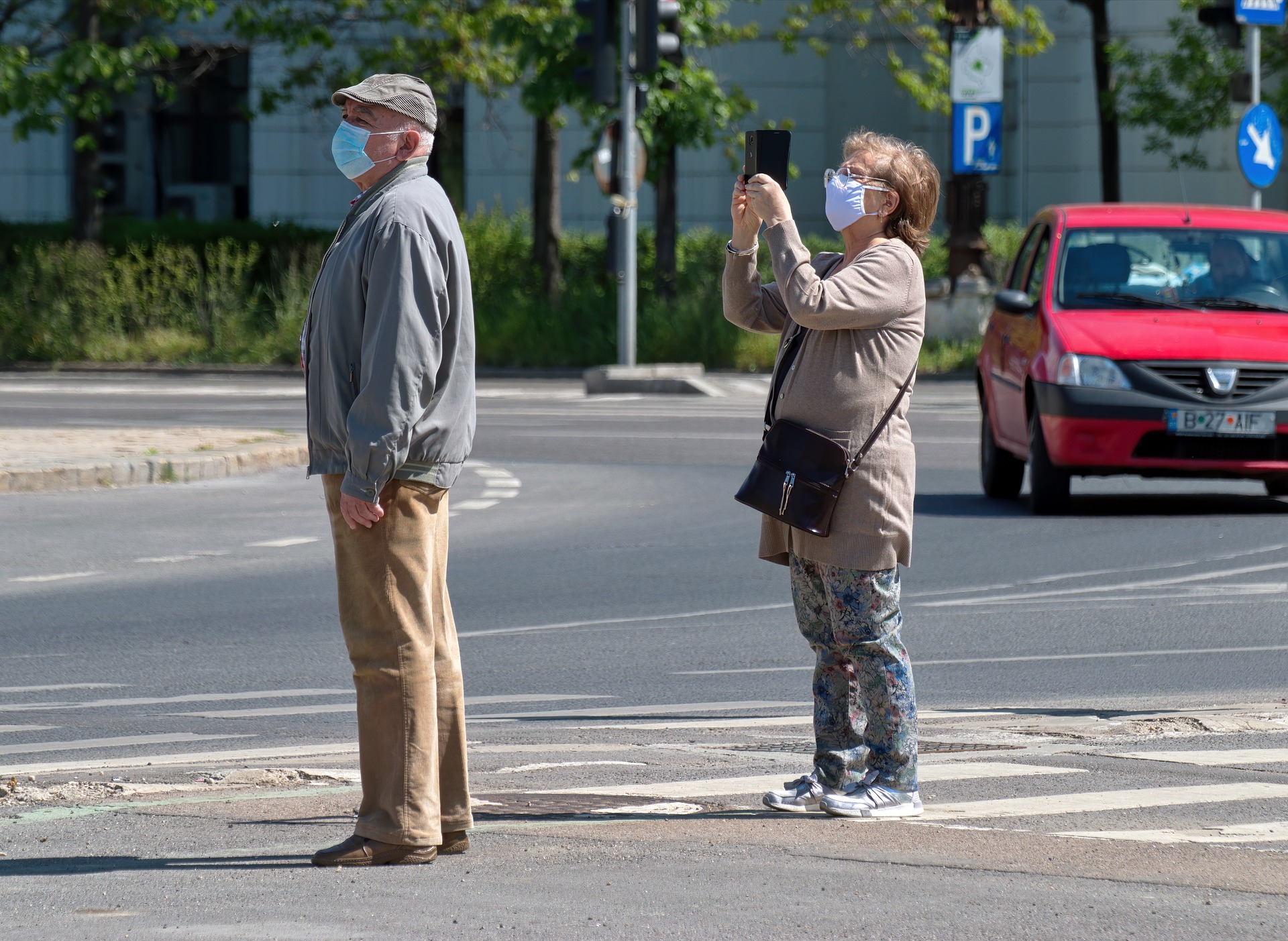

Nearly 300,000 people globally have died in the ongoing COVID-19 pandemic, and more than 80,000 of them are from the United States. To slow the rate of infections and “flatten the curve”, health officials and scientists worldwide have been working around the clock to better understand the novel virus and spread that information to the public. Despite these efforts, misinformation about SARS-CoV-2 still circulates the internet. But this isn’t the world’s first pandemic, nor is it the first time false information about a major public health crisis has spread across the web. However, lessons from these previous events, like the H1N1 (swine flu) pandemic and earlier flu outbreaks, about how to effectively dispel false information and communicate scientific fact to the public aren’t being applied. This failure, experts say, is costing lives.
During the 2009 to 2010 H1N1 flu pandemic, the federal government was lauded for the steps it took to tackle false information about both the disease and the vaccine. Theoretically, the successful strategies they used could be helping the current administration and other government agencies hone their responses, says George Dehner, a Wichita State University disease historian who studies the flu. But, he says, “the current response doesn’t seem to build upon what we’ve learned from these challenges.”
During the 2009 to 2010 pandemic, the Centers for Disease Control hosted daily press conferences where reporters had the opportunity to ask numerous questions. Afterwards, the recordings were posted online for free, for anyone to review. “I’m hard-pressed to come up with a better system than having the science experts handle questions from the press for an extended time and then making it available for other people,” says Dehner.
Sandra Crouse Quinn, a University of Maryland professor of public health, agrees. The most effective way to combat false information, she says, is to clearly communicate factual data at every opportunity. That doesn’t just mean at press conferences: It also means appropriate postings on social media, where false information is spread faster than ever before, and engaging with community groups at local levels to help people educate one another and build trust.
Although the CDC did provide daily press conferences at the start of the COVID-19 pandemic, the agency has not hosted such an event since March 9. The public face of the federal pandemic response since then has been the White House Coronavirus Task Force chaired by Vice President Mike Pence. As Popular Science reported earlier this week, the experts who are part of that task force have frequently found themselves at odds with the politicians who are leading it, needing to correct false information from both President Trump and others during the Task Force’s daily briefings.
The CDC’s capacity and freedom to communicate directly with the media and the public have been significantly reduced, says Quinn. “We’re in an anti-science environment [with] an administration who does not trust expert opinion,” she says.
Furthermore, she says, social media’s popularity and usage has exploded since 2010, providing an unprecedented platform for inaccuracies about everything from the virus’s cause to the purpose and effectiveness of a future vaccine. A large quantity of that information is spread by people with ulterior political and financial motives, Quinn says. She says it’s likely the false information will only become a bigger issue if a vaccine for COVID-19 is found, because vaccine misinformation is already rampant.
Quinn and her colleagues study false information about vaccines. As part of their work, they surveyed Americans about their response to an action that President Obama took when the H1N1 vaccine was developed: publicly sharing that he and First Lady Michelle Obama had been vaccinated and that their two daughters had also been vaccinated.
“We asked about that, and guess what, regardless of political affiliation it made a [positive] difference in people’s willingness to get their kids vaccinated,” Quinn says.
Investing in local solutions and getting ahead of vaccine disinformation now could go a long way, she says. But in the absence of clear federal-level leadership that gives the CDC and other organizations the space and mandate to work, it seems doubtful, says Quinn. “It’s terrifying that we’re in a situation where the federal government has so utterly failed,” she says.
